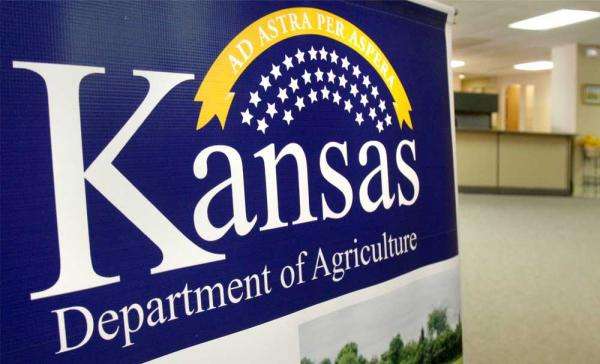It may seem that ignorance ranks higher than knowledge on the sliding political scales at many state capitols.
Not that long ago, the Chronicle of Higher Education looked at the education backgrounds of the nation’s nearly 7,400 state legislators to find out, among other things, how many had attended college and earned at least a bachelor’s degree – and whether it mattered.
Nationwide, the study found, 74.7 percent of state legislators had earned bachelors degrees or higher; 40.8 percent had post-graduate degrees, masters, law, medicine, Ph.D.
Kansas ranked 41st in the 50 states with 68.6 percent of legislators with bachelor’s or higher degrees, and 32.8 percent with post graduate degrees. Lawyers? Nationwide, 17.2 percent of state legislators have law degrees; in Kansas, 9.1 percent.
In the study, New Hampshire ranked as the “least-educated” legislature, with 53.4 percent of lawmakers with bachelors degrees or higher.
California was tops, with 89.9 percent, followed by Virginia, with 88.6 percent of legislators earning bachelors or higher degrees.
*
IS ALL this education, or lack of it, significant?
It‘s relevant at least, given the demands and pressures placed on state lawmakers these days, and how they react to those pressures.
It may be fashionable to dismiss the importance of a college education in legislators as some kind of effetist hang-up, a snob deal.
The effects, though, may be damaging in the long run.
The public, says William A. Sederburg, commissioner for Utah Higher Education, “sees higher education as a private, not a public good. Our depressed economy has put a premium on jobs and economic security. (And) political ideology reigns supreme, and pragmatic support of the educational ‘establishment’ has been devalued.”
But higher (post-secondary) education does contribute to self-knowledge, to job-preparation, to improved citizenship.
Taking that to the legislature can only help.
Lawmakers are confronted with policy choices often so complex that they defy simple solution; to recognize even this – that an issue is complex – may require advanced study, rather than patent, demagogic reaction.
From Peverill Squire, a professor of political science at the University of Missouri at Columbia: “Most lawmakers must rely heavily on their own devices to make good public policy. To do so competently, they must be able to critically analyze large quantities of conflicting information that special interests and others provide.
“The great value of a college education is an improved ability to assess such competing claims. Sharpened analytical skills also provide a greater ability to think independently.” In other words, an advanced education may show legislators the way to ideas beyond group-think and the usual talking points.
*
HAVE MANY of our public officials, from city hall to the Congress, been exposed to the fundamental thinking of the founding fathers?
(A timely question on the passing of another Independence Day.)
Why, for example, did those great men believe that separation of church and state was crucial to a democracy, or that separation of powers – the legislative, executive and judicial branches – was fundamental to our republic? And what did Thomas Paine say in Common Sense, his challenge to the British government and the royal monarchy, and why, in 1776, was this important?
State legislators, even governors, are among those who today mock the values rooted in our democratic freedoms, while claiming to be their great defenders. Study and critical reasoning allow us to see their demagogic preaching.
The Federalist Papers, the dozens of essays and articles from Hamilton, Madison and Jay, are among the nation’s most important documents because they set the reasoning for ratifying the Constitution. They comprise an incomparable outline of the Constitution – what it means, the need for a bill of rights, for judicial review, for\ checks and balances, fundamental concepts that are now under threat of abolishment in state legislatures, starting with Kansas’.
High school may bring us the Constitution, even some of its history. But college brings us the appetite to seek more of that history, to assess arguments, to think independently, as did our forefathers, and to resist the shrill cries of mountebanks and political hucksters.
*
ISAAC ASIMOV, the celebrated novelist, warned of the dangers of blindness and shallowness in an essay for Newsweek magazine in 1980.
“There is a cult of ignorance in the United States, and there always has been. The strain of anti-intellectualism has been a constant thread winding its way through our political and cultural life, nurtured by the false notion that democracy means that my ignorance is just as good as your knowledge.”
There are no guarantees that college graduates make better lawmakers. But college should, at least, make them better equipped for the tasks they face. Voters, too.
***
– JOHN MARSHALL




